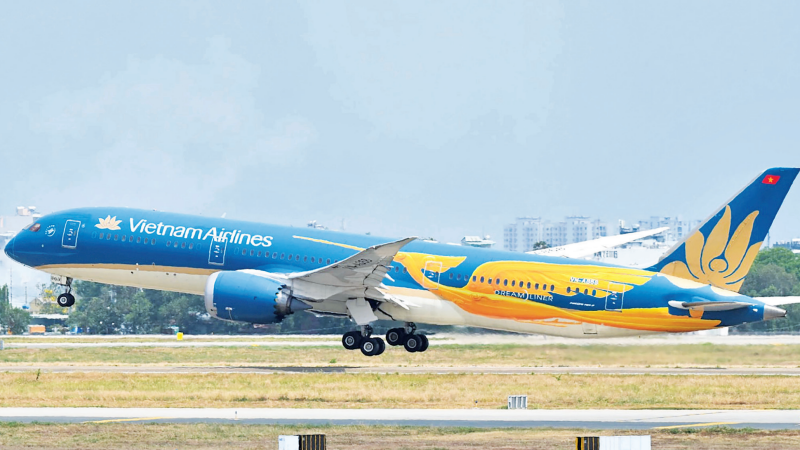
New, modern aircraft of Vietnam Airlines .
Vietnam Airlines - as the national airline - is a typical example of its pioneering, creative and leading role in the new development phase, where digitalization and green growth become urgent requirements.
Core to creating a modern and integrated aviation industry
Vietnam Airlines - formerly the 919th Transport Air Force Regiment, was established in 1959 - the first transport air force unit of the Vietnam People's Army. Through the periods of war and peace , this force has carried out thousands of flights transporting weapons, equipment, and troops to the battlefield, serving in combat, ambulance, reconnaissance, supply, and military transport, making an important contribution to the cause of national liberation and defense of the Fatherland.
After the country's reunification, the unit continued to undertake the task of serving the national economy , restoring air traffic, transporting goods and passengers, contributing to connecting regions, especially remote mountainous and island areas. This is the foundation for the formation and development of Vietnam Airlines today - a journey of perseverance, resilience and deep attachment to the country's destiny.
Since its establishment in 1995, Vietnam Airlines has continuously developed to become one of the important pillars of the country's economy. With a flight network covering all 3 regions of the country and reaching dozens of international destinations, the airline has contributed a large amount of about 68,000 billion VND to the state budget in nearly 30 years and promoted trade, tourism, investment and deep integration.
In particular, Vietnam Airlines is also a unit that regularly undertakes important political and social tasks such as transporting high-ranking leaders, supporting national defense, and conducting citizen rescue flights in emergency situations. These are responsibilities that only a state-owned enterprise with sufficient capacity and prestige can undertake.
Along with Vietnam Airlines, Vietnam Airports Corporation (ACV) - the unit managing 22 civil airports plays a key role in connecting regions and completing strategic infrastructure. The implementation of major projects such as the expansion of Noi Bai and Tan Son Nhat International Airports or the construction of Long Thanh International Airport is the foundation for Vietnam to aim for the goal of having 33 airports by 2050, ensuring that 97% of the population is within a 100 km radius of the airport.
On that foundation, Vietnam Airlines is gradually realizing its regional and international integration strategy, rising to become an Asian-scale aviation hub. Joining the global airline alliance SkyTeam, strategic cooperation with major airlines such as ANA (Japan), expanding direct flights to the US, Europe and researching access to Africa and South America - all show the global efforts of an enterprise with a national mission.
Vietnam Airlines - as the national airline - is not only a symbol of the Vietnamese aviation industry, but also a core force contributing to economic development, infrastructure modernization, digital transformation and green growth. In the new era, when Vietnam aims to become a regional and global connection center, businesses like Vietnam Airlines are the "leading birds", helping the country take off more firmly and sustainably than ever.
Along with integration, Vietnam Airlines is also a pioneer in management innovation according to international standards. Equitization and attracting strategic partners not only increase resources but also pave the way for applying modern management models, improving efficiency and competitiveness in a specific industry with strict standards such as aviation.
As a state-owned enterprise playing a key role in the aviation industry, Vietnam Airlines is the core force in creating a modern, integrated and sustainably developed aviation industry.
Speaking at the scientific workshop “The role of state-owned enterprises in key sectors of the economy - Perspective from the aviation industry”, Deputy General Director of Vietnam Airlines Dang Anh Tuan emphasized: “Vietnam Airlines is very aware of its role as a “locomotive”, a “leading bird” in the aviation ecosystem and this is not only a position, but also a responsibility, a commitment to the country, to passengers and to the future of the Vietnamese aviation industry”.
Pioneering digital transformation and sustainable development for a green future
Digital transformation is an inevitable requirement in the new context and Vietnam Airlines is taking the lead in this process with the goal of becoming a "digital airline".
At the Digital Transformation Day 2024 event, General Director Le Hong Ha affirmed: “Digital transformation is a vital task for Vietnam Airlines to enhance its position and optimize its operations”. Up to now, Vietnam Airlines has been gradually implementing a digital transformation strategy with a long-term vision, aiming to not only improve internal operational efficiency but also bring customers outstanding experiences on every journey. The airline has identified three key pillars including digital technology, digital data and digital culture, as the foundation for comprehensive modernization of the management and operation system.
From the application of artificial intelligence (AI), cloud computing, automated check-in, e-wallets, to electronic boarding passes,... Vietnam Airlines not only shortens service time but also ensures safety, savings and friendliness for passengers. Thanks to these efforts, the airline has been ranked 4 stars by Skytrax and recognized by APEX as a "5-star international airline" - a testament to its continuous improvement.
In the field of sustainable development, Vietnam Airlines is gradually building the image of a “green airline”. The airline has invested in a new fleet with fuel-efficient aircraft such as the Boeing 787, Airbus A350 and A321neo, and implemented many environmental initiatives such as reducing plastic waste, optimizing payloads, flight routes, and testing sustainable aviation fuel (SAF).
According to the global roadmap, SAF will account for about 65-70% of fuel by 2050 to achieve the goal of Net Zero emissions. Despite the high cost, Vietnam Airlines is still pioneering the experiment, demonstrating its leadership role and commitment to the environment.
At the same time, ACV is also implementing solutions to “green” the airport such as installing solar power, using electric vehicles, building terminals according to energy-saving standards, and effectively controlling waste and water. These steps not only help save operating costs, but also contribute to realizing the national strategy on green growth.
However, to effectively implement digital transformation and green development, human resources play a key role. State-owned enterprises need to focus on training and attracting high-tech personnel, building a culture of innovation and overcoming the fear of change. At the same time, support from institutions and policies such as tax incentives for biofuels, carbon credits, or emission standards will create more motivation for businesses to develop sustainably.
According to Associate Professor, Dr. Vu Van Phuc, former Editor-in-Chief of Communist Magazine, Vietnam Airlines must invest in developing modern infrastructure; build a team of qualified, enthusiastic, passionate staff; focus on improving friendly, hospitable, and courteous service; upgrade the team of officials, civil servants, and public employees to meet requirements, improve foreign language, professional, cultural, and legal skills, and have friendly and gentle behavior to "Go along, keep up, and surpass".
TUAN NGOC
Source: https://nhandan.vn/vietnam-airlines-trong-hanh-trinh-phat-trien-kinh-te-xanh-post916558.html


![[Photo] Prime Minister Pham Minh Chinh meets with Speaker of the Hungarian National Assembly Kover Laszlo](https://vphoto.vietnam.vn/thumb/1200x675/vietnam/resource/IMAGE/2025/10/20/1760970413415_dsc-8111-jpg.webp)
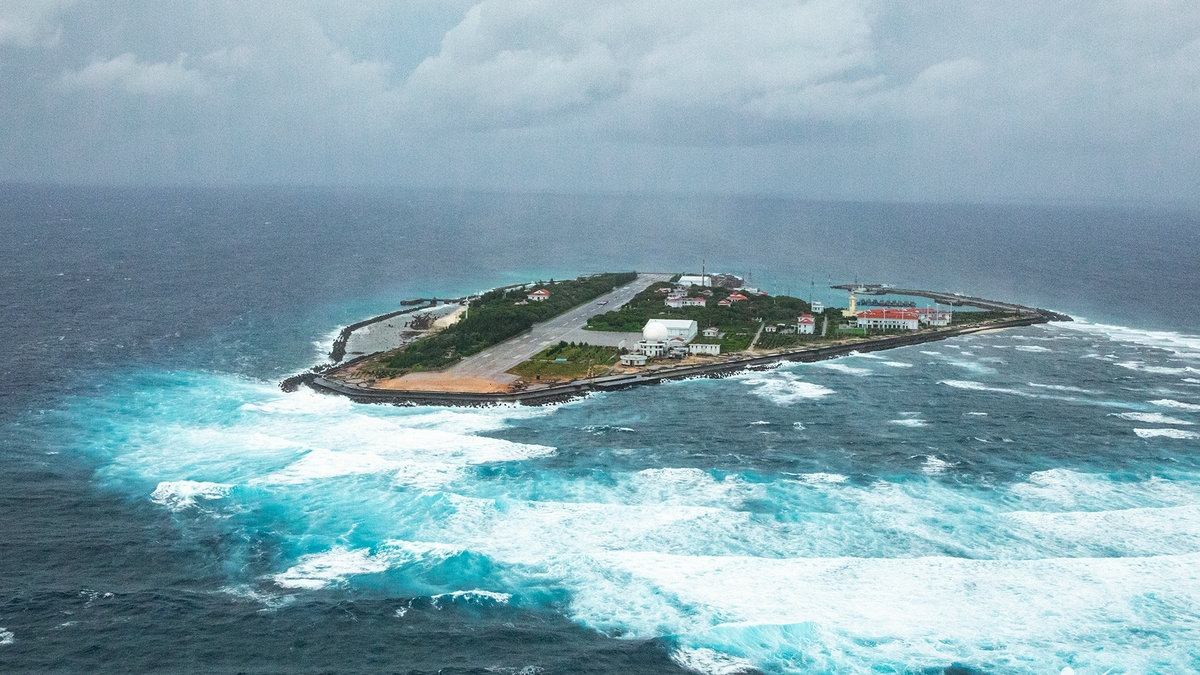
![[Photo] Prime Minister Pham Minh Chinh received Mr. Yamamoto Ichita, Governor of Gunma Province (Japan)](https://vphoto.vietnam.vn/thumb/1200x675/vietnam/resource/IMAGE/2025/10/21/1761032833411_dsc-8867-jpg.webp)


![[Photo] Da Nang residents "hunt for photos" of big waves at the mouth of the Han River](https://vphoto.vietnam.vn/thumb/1200x675/vietnam/resource/IMAGE/2025/10/21/1761043632309_ndo_br_11-jpg.webp)
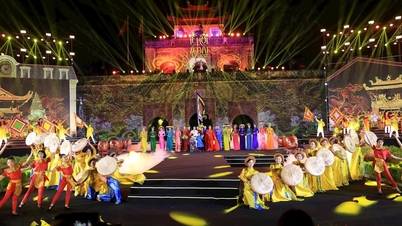

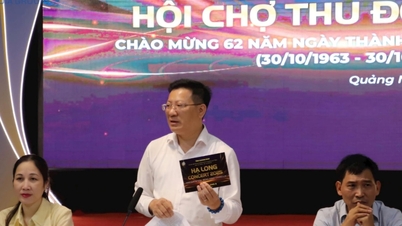

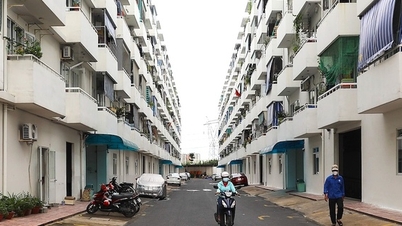




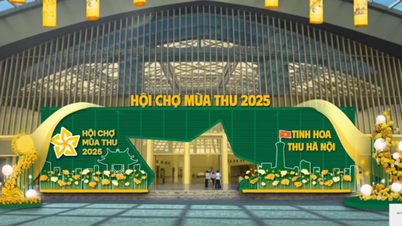





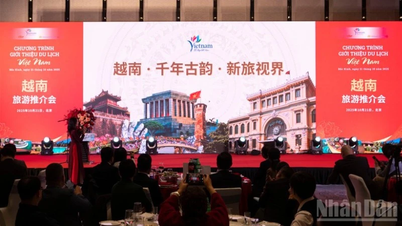


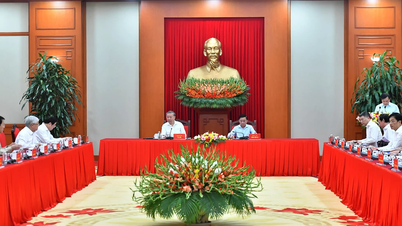
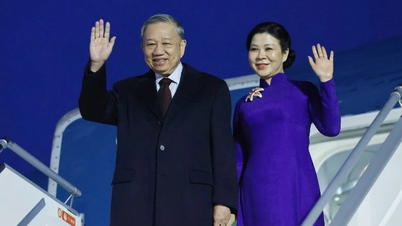




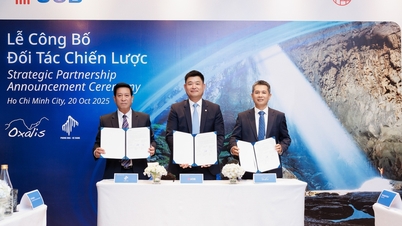


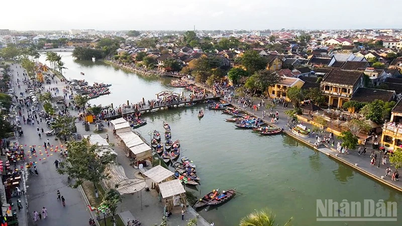




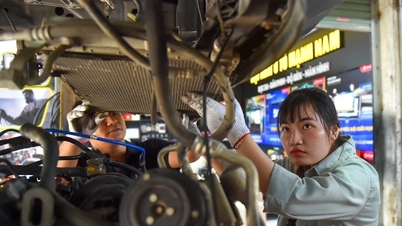



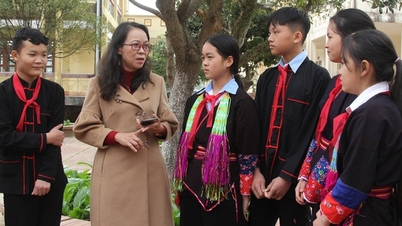

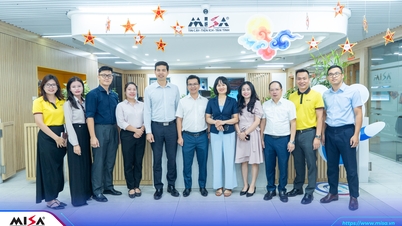


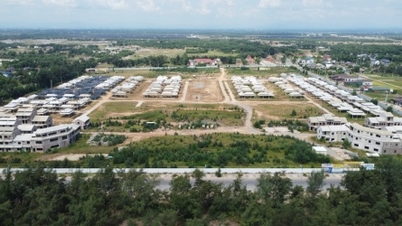



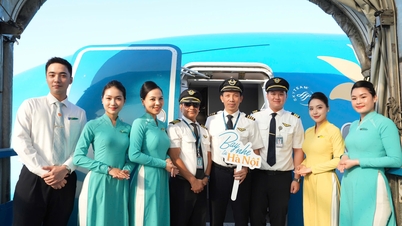
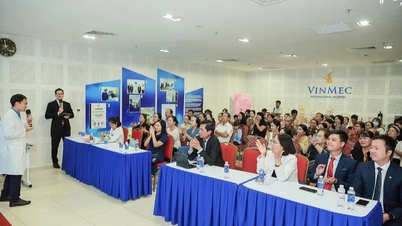






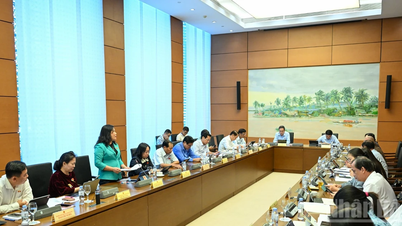
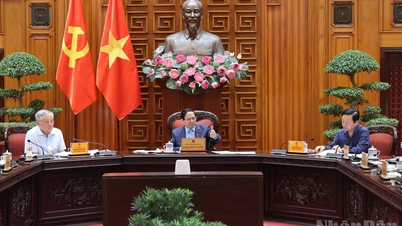
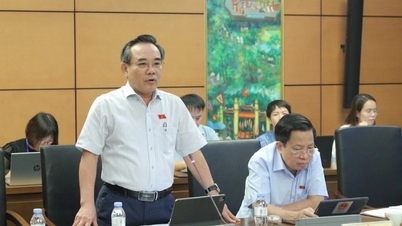
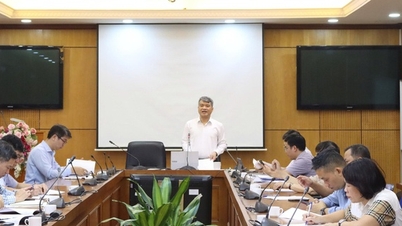
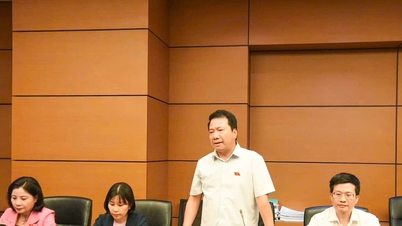
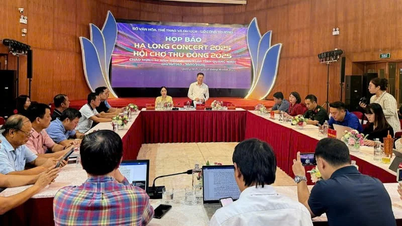
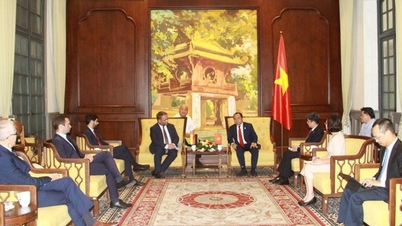


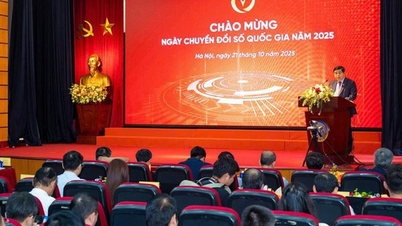


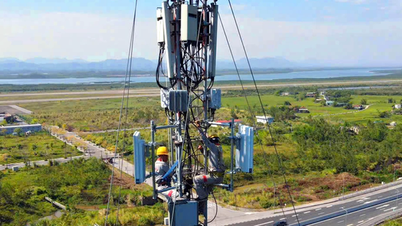
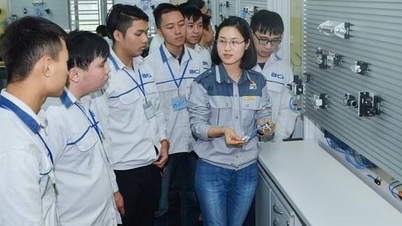
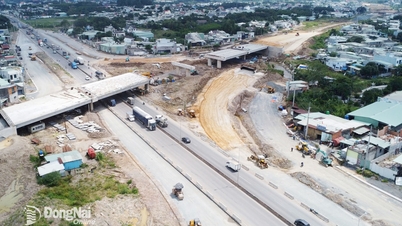

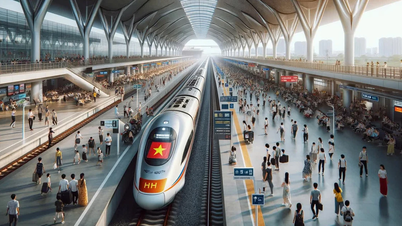

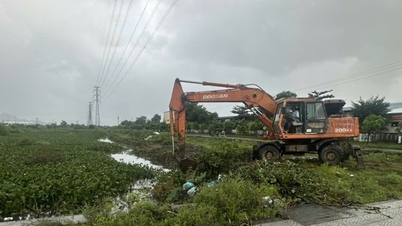



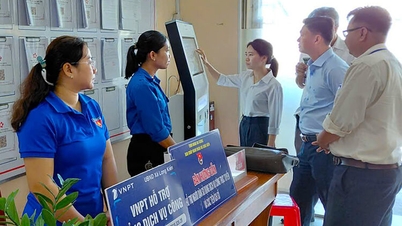













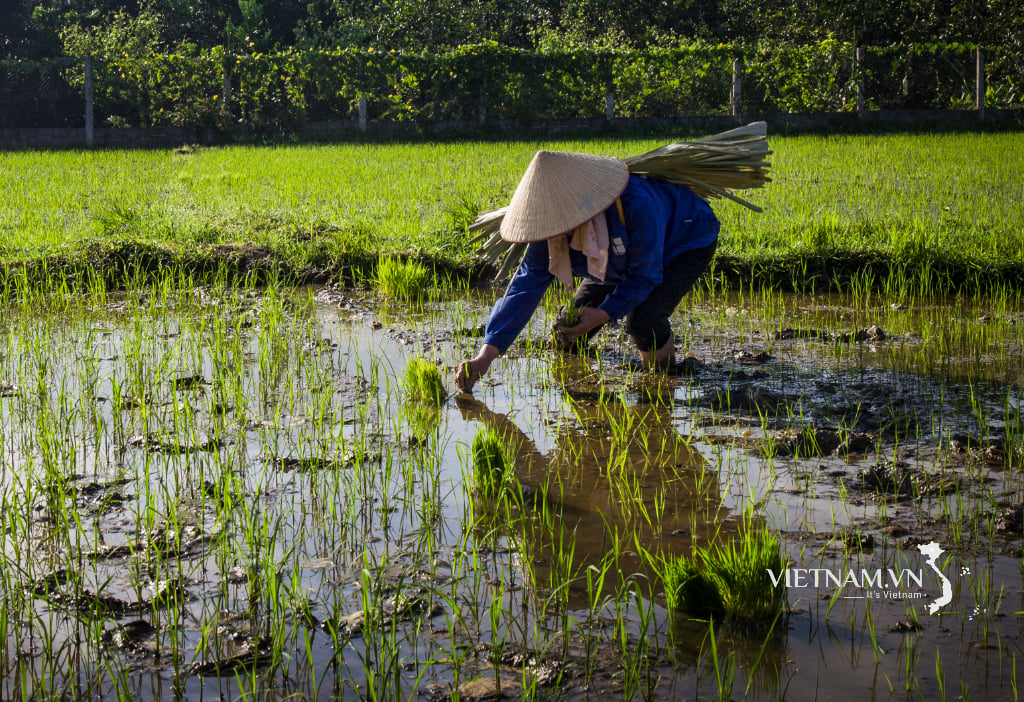
Comment (0)